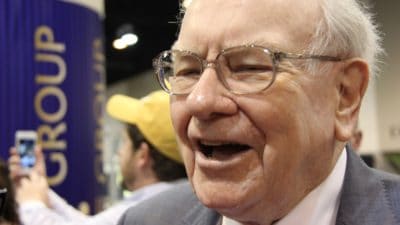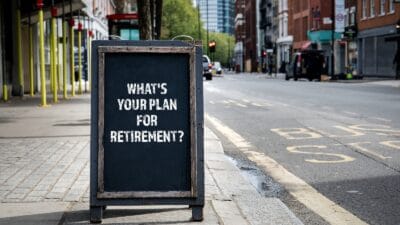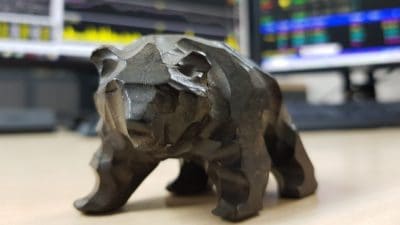Five or six years ago, I wrote that absolute return funds are absolute rubbish. In 2016, I said it again. Now I’m coming back for a third bite because nothing has changed. IFAs have directed tens of billions into absolute return funds but their clients have mostly got rubbish in return.
Absolutely not fabulous
Absolute return funds aim to offer the best of both worlds: higher returns than cash and bonds, with less risk than shares. They attempt to deliver a positive return year after year, whatever happens to markets, by investing in shares, bonds, cash, property and complex financial instruments such as derivatives.
They have been heavily sold by IFAs, typically to older investors nervous about what markets might do to their money. They’ve been let down, according to new research from investment platform AJ Bell.
No returns
Absolute return funds are notorious for combining high charges with underwhelming performance, and nothing has changed on that front.
An incredible £7.2bn has gone into these so-called ‘safe haven’ funds during the last three years, taking the sector total to £72bn. Yet just one out of 64 managed to deliver a positive return in each of those three years: Natixis H2O MultiReturns, and that was by the skin of its teeth.
Alarmingly, four handed investors a loss every year: Insight Absolute Insight Currency; Kames UK Equity Absolute Return; Schroder European Equity Absolute Return; and Threadneedle Absolute Return Bond.
Low Standard
The biggest fund in the sector also flopped. Standard Life Global Absolute Return Strategies – or GARS for short – was rampantly sold by IFAs, but investors are down 6.5% since 2016. At its peak, £33.2bn was invested in this fund. Money has flooded out, reducing it to £12.6bn today. Loyal GARS investors have earned just 1.5% over the past five years, Trustnet.com shows. That’s right, 1.5%.
Other giants also flopped, with the £11.6bn Invesco Global Targeted Returns returning 0.7% over three years, while the £4.9bn Aviva Investors Multi Strategy Target Return fell 7.2%.
Generally speaking
There are scores of FTSE 100 stocks I would buy instead. Legal & General Group (LSE: LGEN) is just one. I am not cherry picking a top performer here, the insurance giant has grown “just” 8.5% over the past three years, half the 16% rise on the FTSE 100, which might just be a screaming buy. That still thrashes most absolute return funds, though.
The stock also yields around 6% a year. So over three years would have added another 18%, giving a total return of around 25%. Some stocks yield a lot more.
Buying an individual stock is riskier than a fund – or should be – but at least investors know what they are getting into. Most sold absolute return funds were promised safety. They didn’t get that.
Bargain buy?
L&G is a £15.8bn blue-chip trading at a discounted price of just 8.42 times earnings, almost half the FTSE 100 average of 15.62. At some point, I believe its share price will snap back, giving investors healthy capital growth. While they wait, they get that generous yield.
I would rather buy a potentially risky stock than a supposedly safe absolute return fund. You can make up your own mind.







